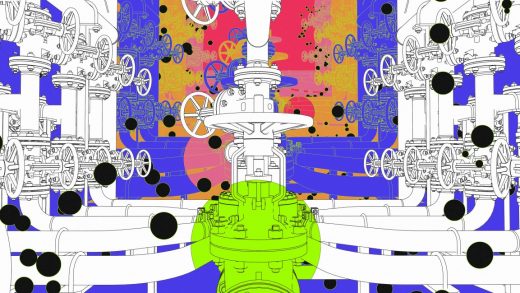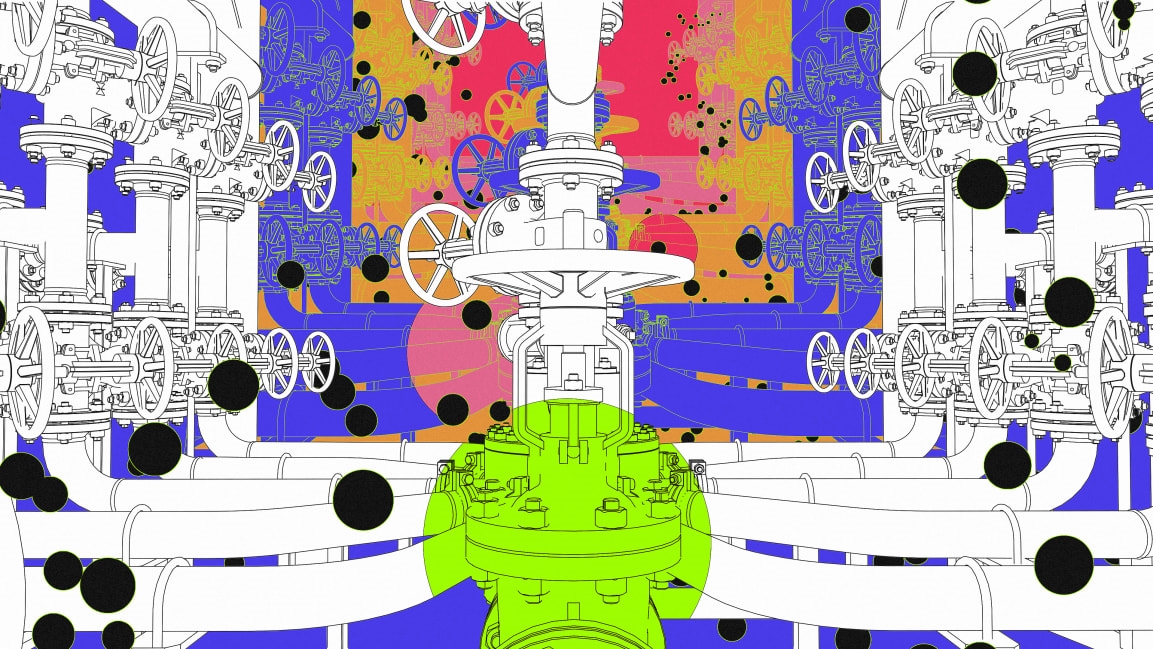The infrastructure bill is going to put billions into growing the carbon-removal industry
In Iceland, a new plant that recently started sucking CO2 out of the air and permanently storing it underground is operating only at a small scale. It’s one example of the nascent “direct air capture” industry, and an example of how dramatically the industry will need to grow to be able to play a meaningful role in fighting climate change. But billions of dollars of new funding in the U.S.’s newly signed infrastructure law will help push the technology forward much faster.
“I think this bill represents an inflection point or a step change in the field,” says Noah Deich, president of Carbon180, a nonprofit focused on carbon removal. The funding includes $3.5 billion to build four new, direct air capture hubs, facilities or groups of facilities that can each capture and store at least a million tons of CO2 a year. (It is, by far, the largest federal investment in this technology ever, and perhaps the largest globally.)
The plant in Iceland, by contrast, can currently capture only 4,000 tons per year. By the middle of the century, the world may need to remove 10 billion tons of CO2 a year to avoid some of the worst impacts of climate change. That’s in addition to all of the changes that have to happen to stop emissions.
Carbon Engineering, one carbon removal startup, is already planning to open a facility next year that can capture a million tons of CO2 annually. The new government funding could either fund four similar facilities in different regions of the U.S. or groups of smaller plants. How the hubs are implemented will be up to the Department of Energy. “To what extent do they seek to really be test beds, where you have a whole bunch of different technology providers?” Deich asks. “Or do they really want to show big commercial demonstrations?”
The projects will show how the CO2 can be captured, processed, transported, and used in products, such as carbon-neutral fuel, or sequestered permanently. A smaller amount of funding in the infrastructure bill will help the EPA hire more staff to work through a backlog of applications for permits to store CO2 underground. The funding also includes $2.1 billion for transport and storage infrastructure, such as CO2 pipelines. The pipelines will be most helpful for carbon capture, not carbon removal, since industrial facilities like steel plants will need to send captured CO2 elsewhere for storage. Since CO2 in the atmosphere is everywhere, direct air capture plants can be located next to storage, though the industry may also make use of the pipelines.
Direct air capture plants may make the most sense to put in communities where the fossil fuel industry works now, Deich says. “If we shifted from oil and gas companies thinking primarily about how do you pull hydrocarbons out of the ground, to how do we pull CO2 out of the atmosphere and put it back underground . . . the same skill set in terms of geologists and engineers, and even the financing mechanisms are very similar,” he says. The fossil industry’s financial and political capital can also help direct air capture grow (as long as it isn’t used to simply mask more fossil fuel extraction). And if fossil fuel companies could actually change to a business model of “carbon management”—including making, for example, jet fuel from captured CO2 rather than fossil deposits—net emissions could radically drop.
The new infrastructure package includes another $115 million in money to support new direct air capture technology. (It also has a large amount of funding for other forms of carbon removal, including billions for protecting and restoring forests.) Deich says that more support is needed to help direct air capture to grow and help the technology lower costs. The “Build Back Better” agenda calls for expanding 45Q, a tax credit for carbon sequestration, which could help. A long-term signal that there’s demand for direct air capture would also help the industry grow; Carbon180 is advocating for the federal government to purchase carbon removal services to help remediate the emissions that it has been responsible for historically.
As early projects grow, Deich says it’s critical to make sure they’re done correctly, from working with communities for getting buy-in on locations to supporting union labor. “In my mind, what [the new bill] does is it brings direct air capture out of the Silicon Valley entrepreneurial ecosystem . . . and decidedly into the industrial giants of the world that do big engineering projects, which is what we’re ultimately going to need for climate,” he says. “But it also presents a whole new set of challenges about how you deploy these solutions at scale in a way that is equitable, protects the environment, and delivers on all the other benefits and principles that the infrastructure bill is based on.”
Fast Company , Read Full Story
(37)



